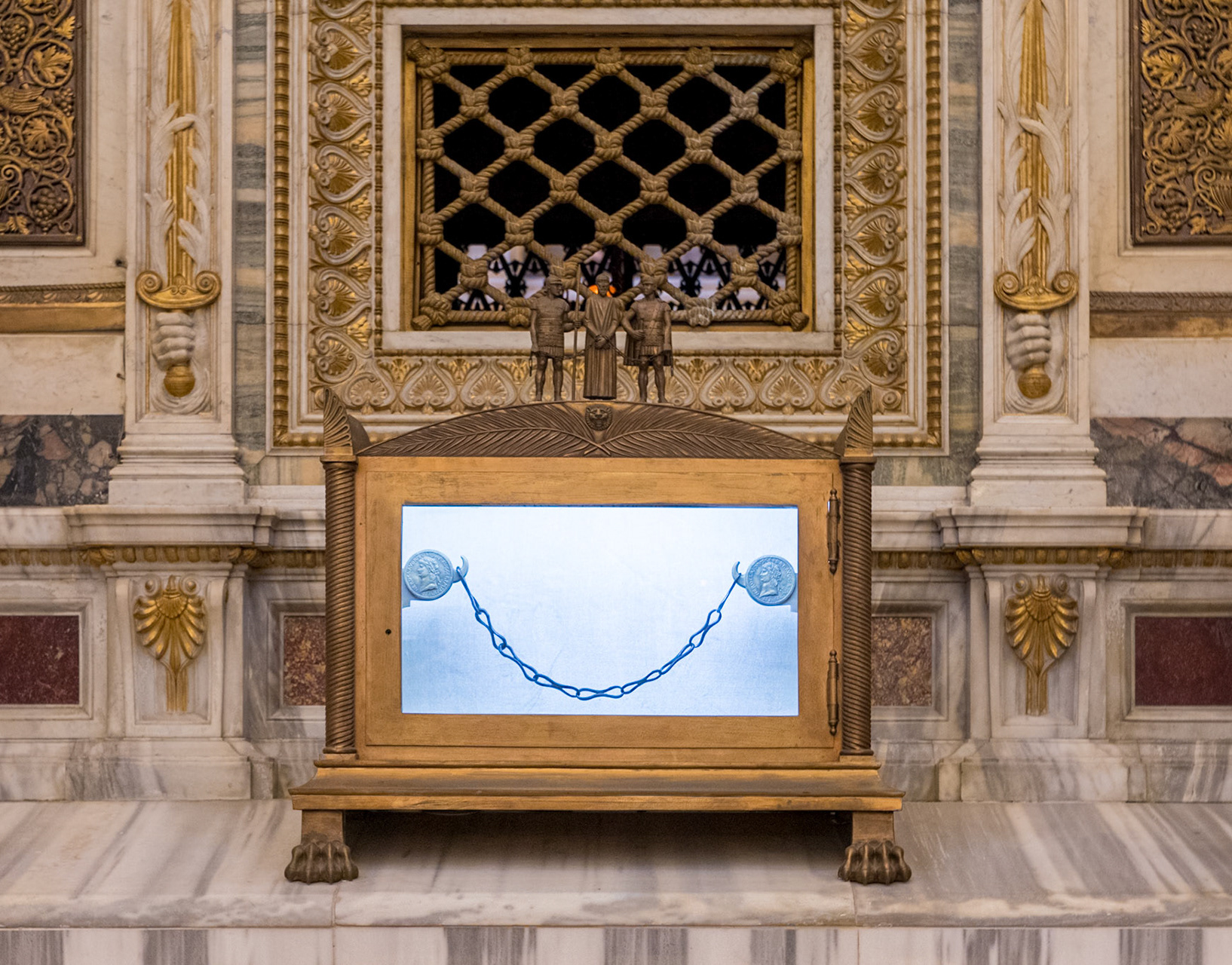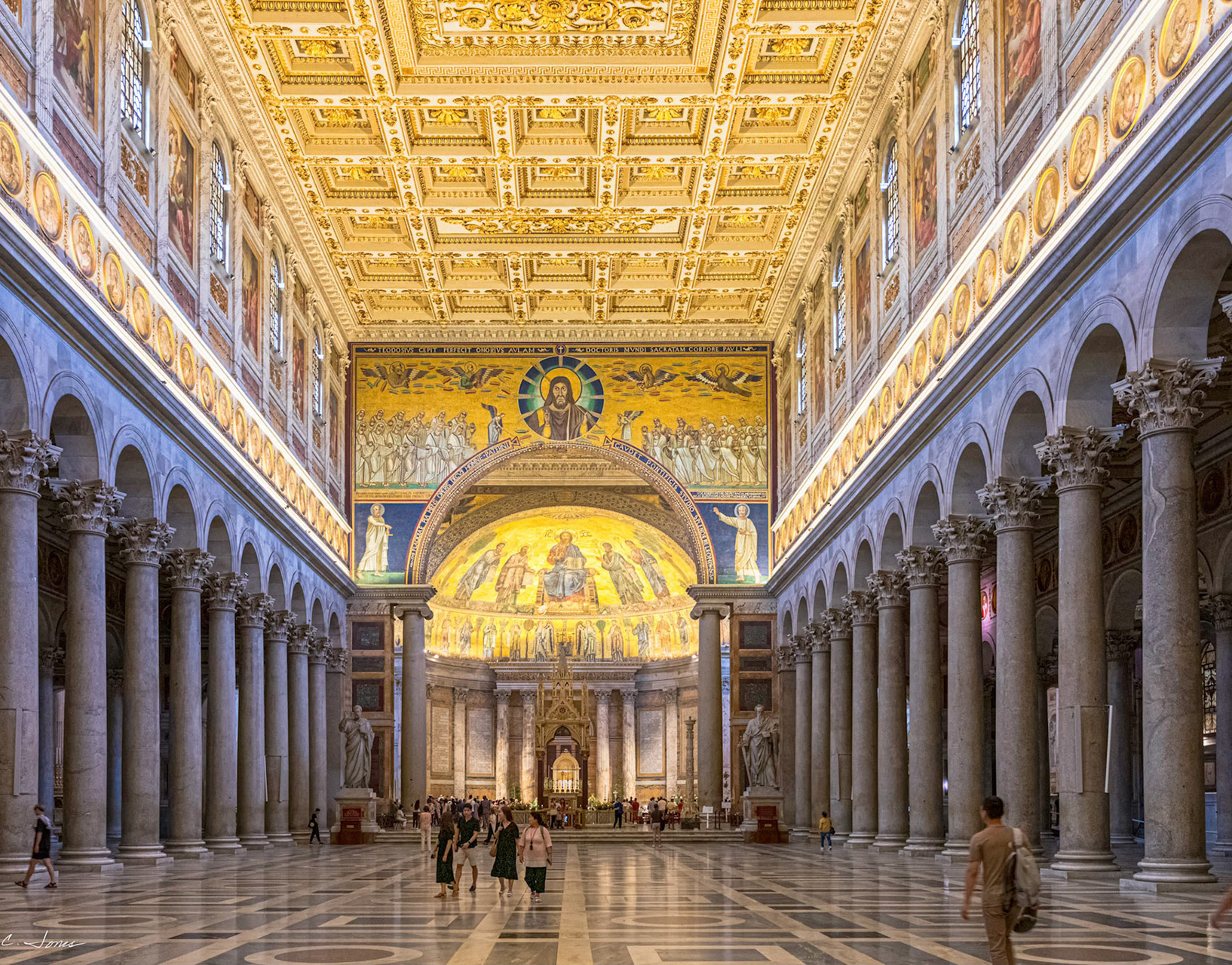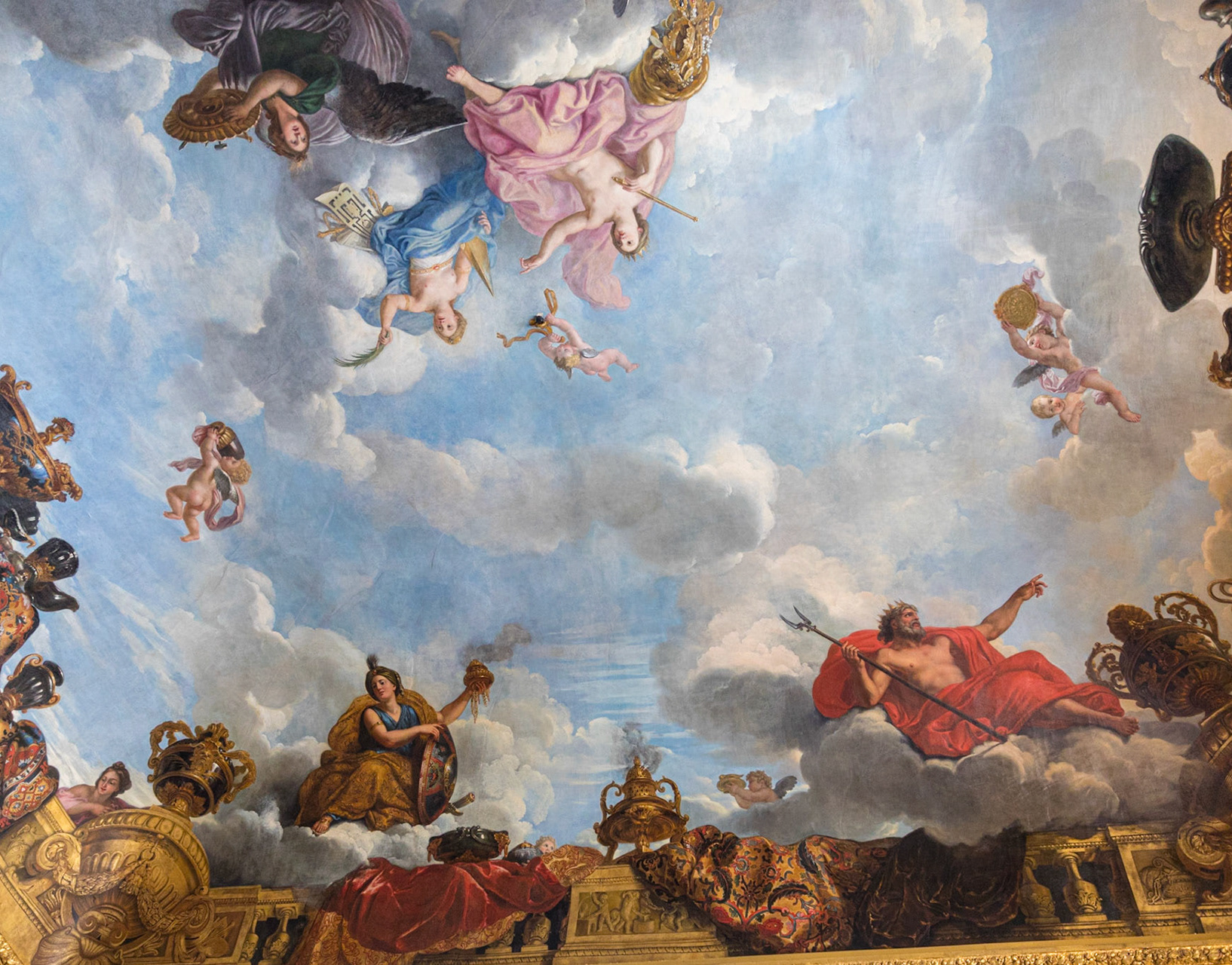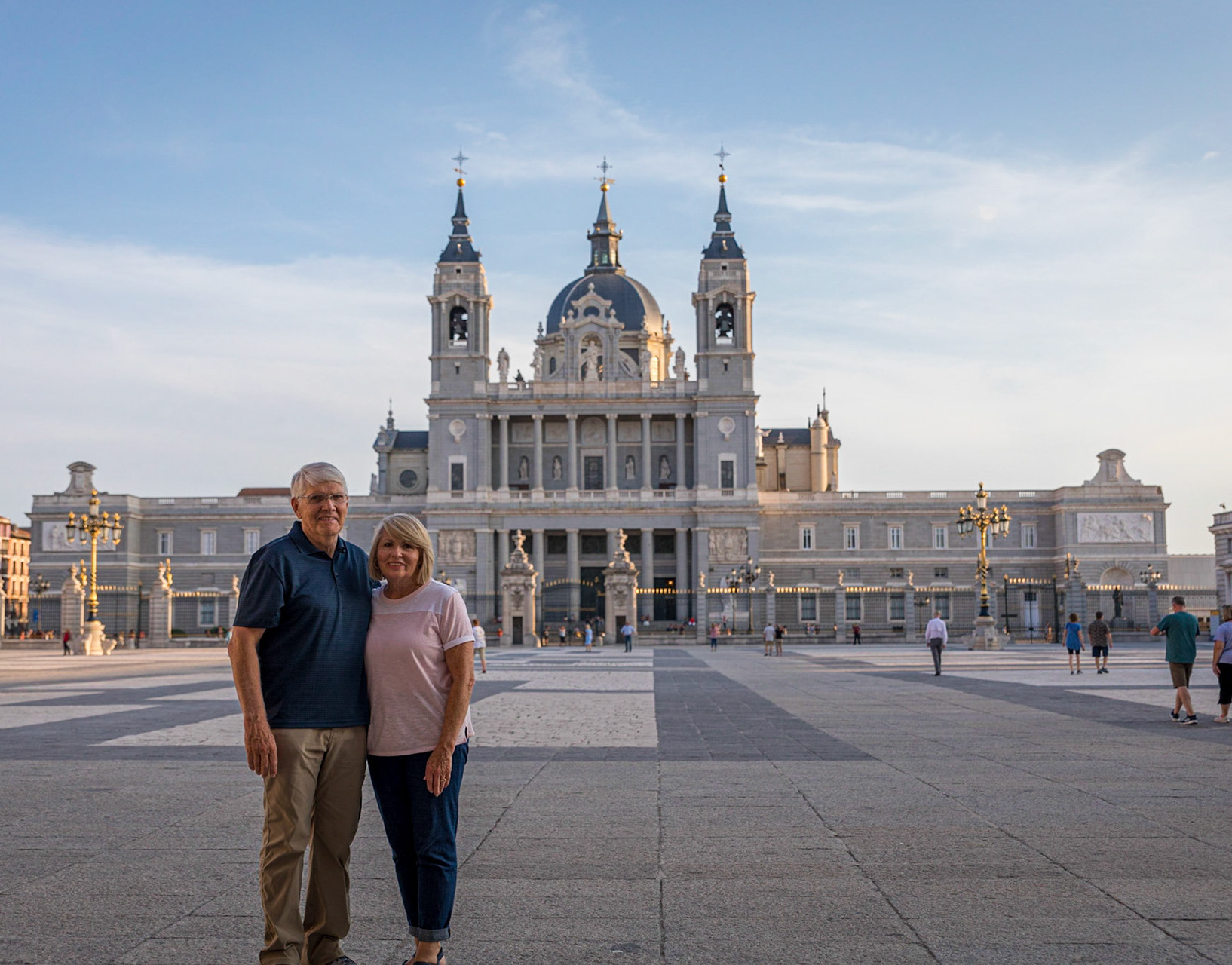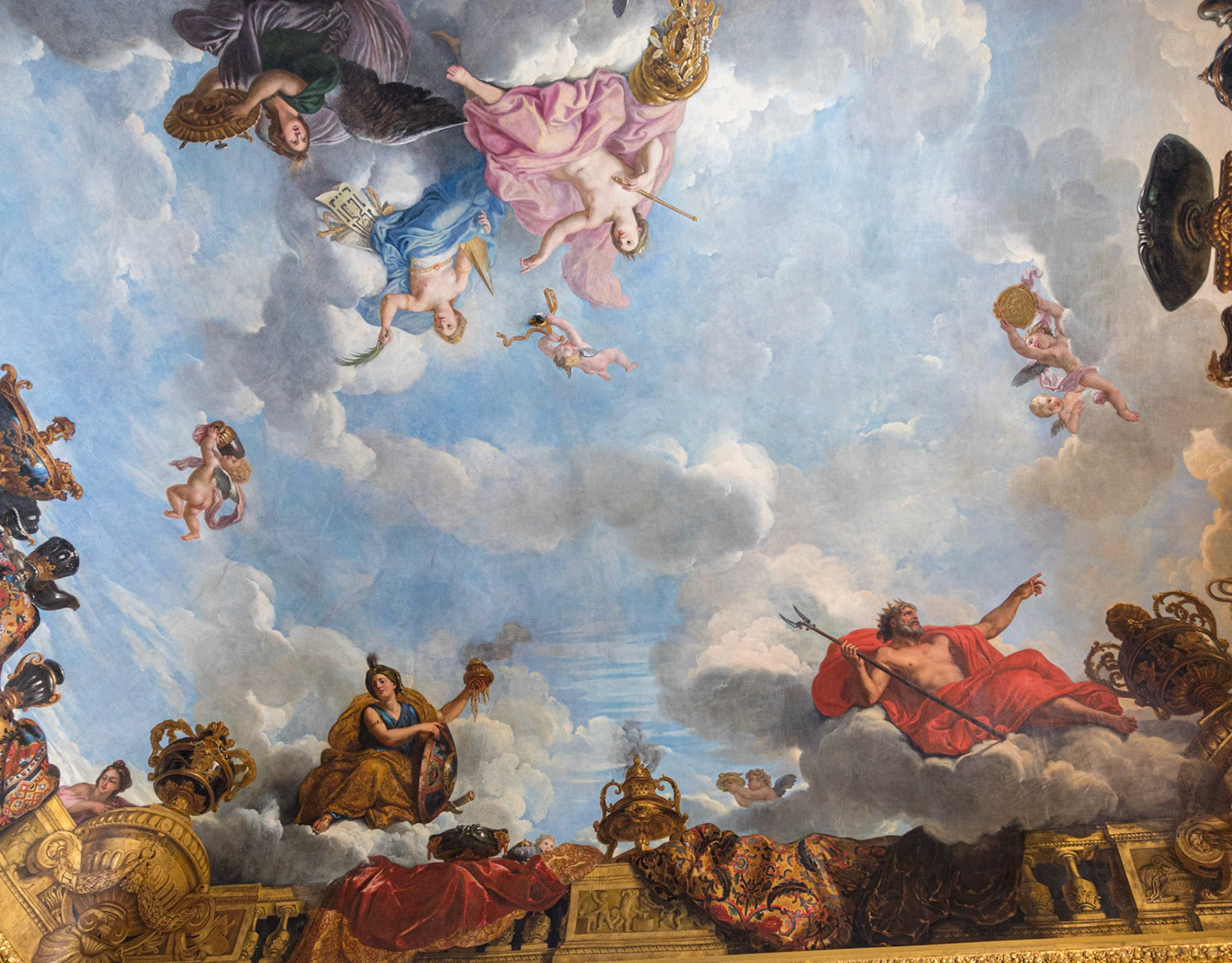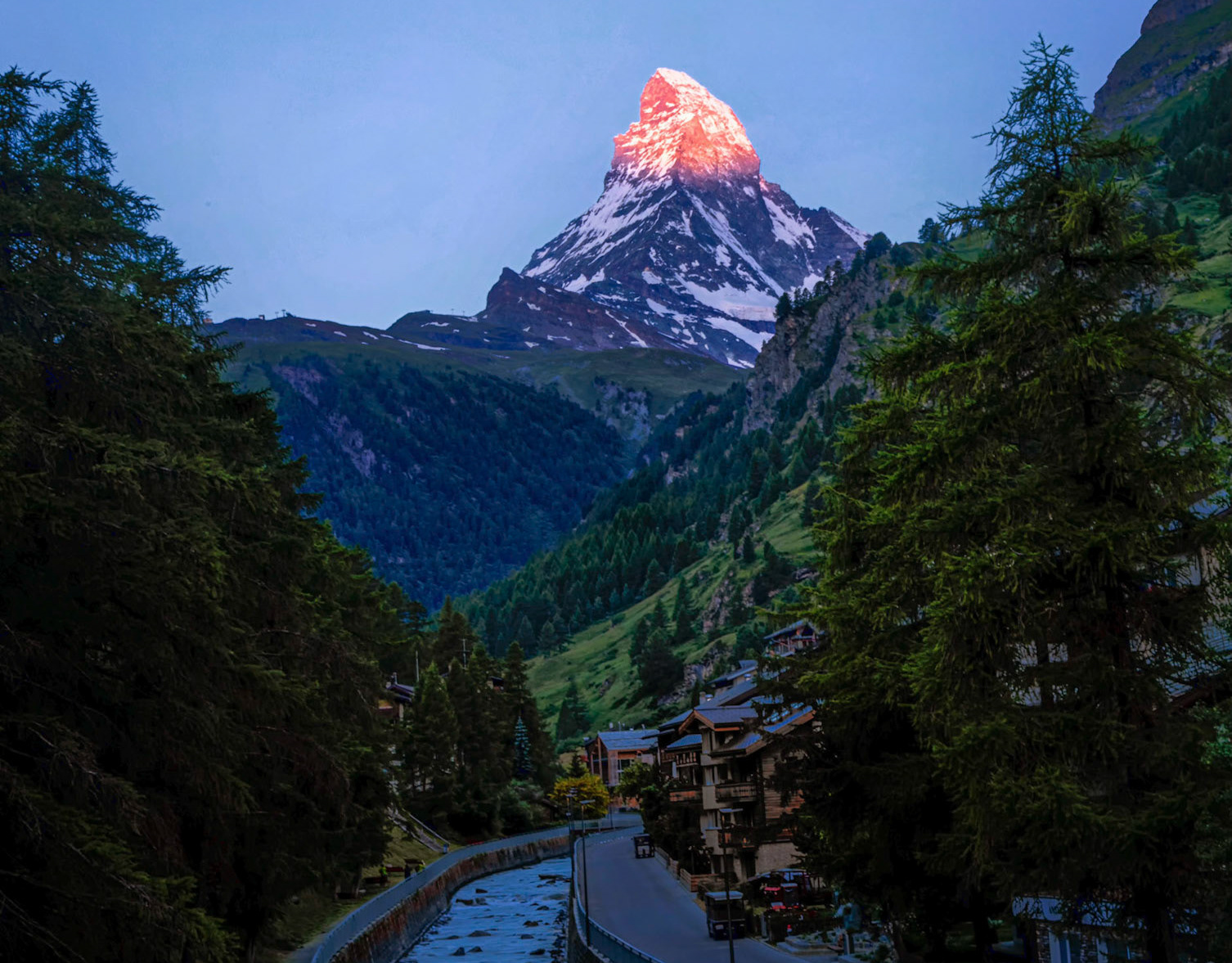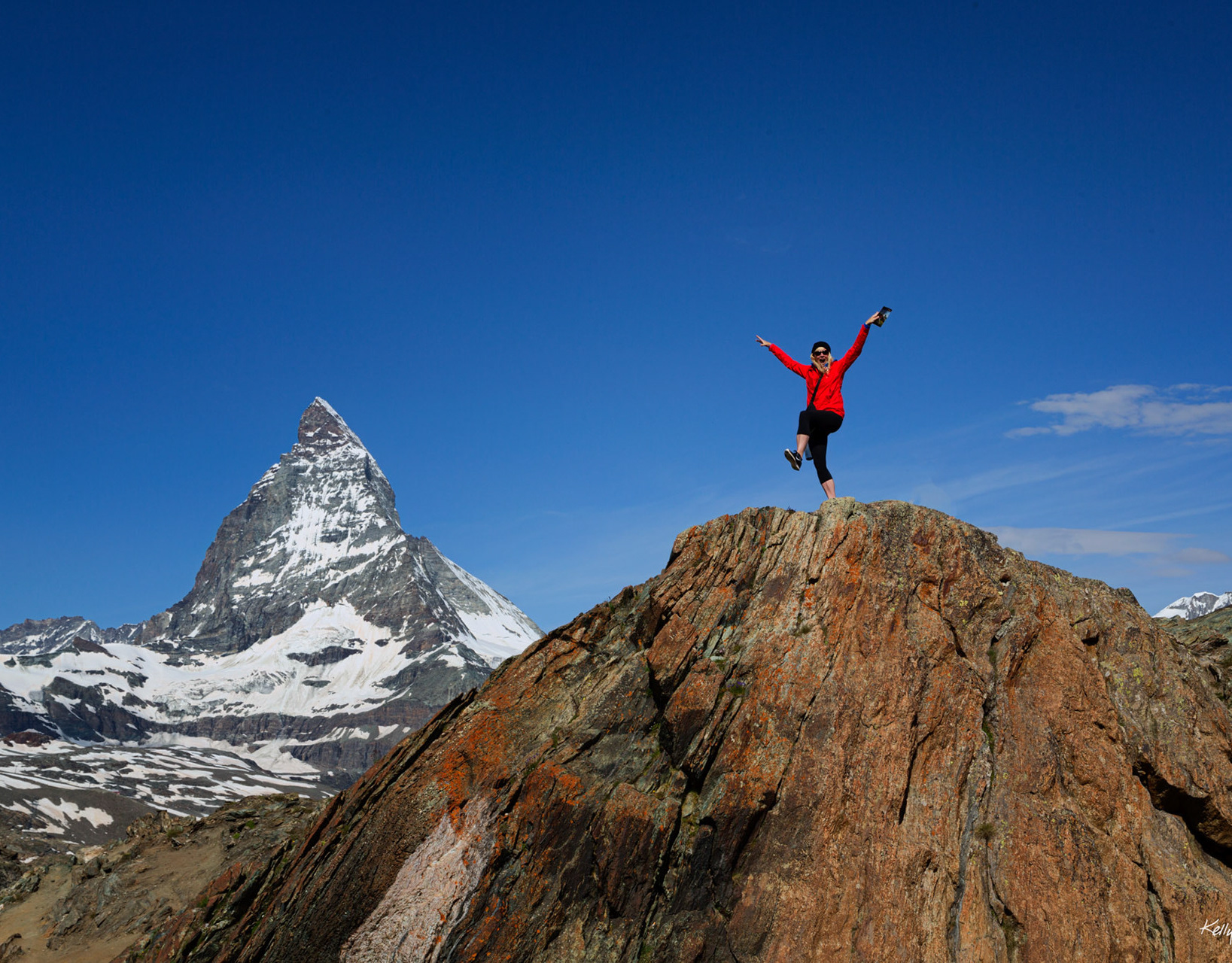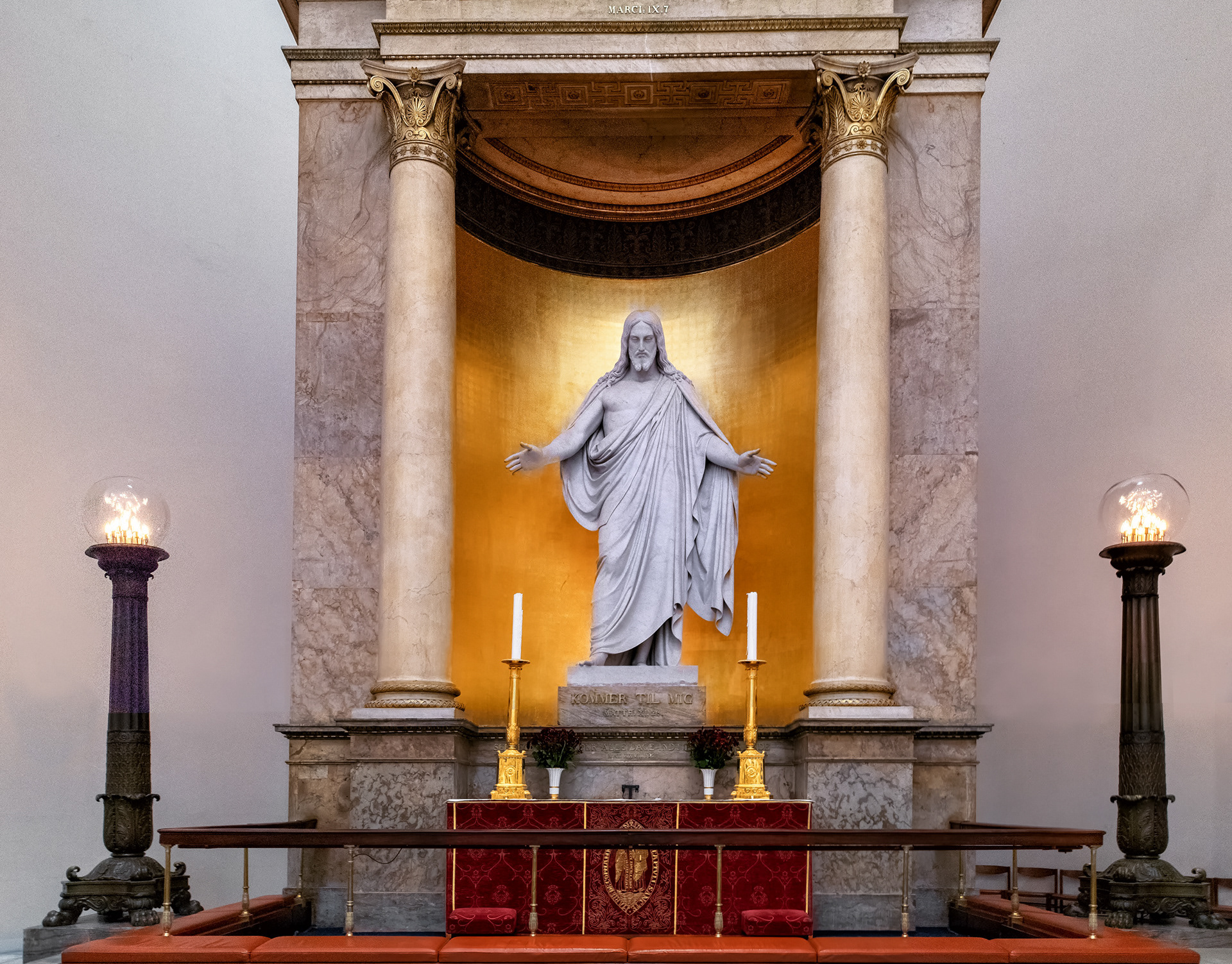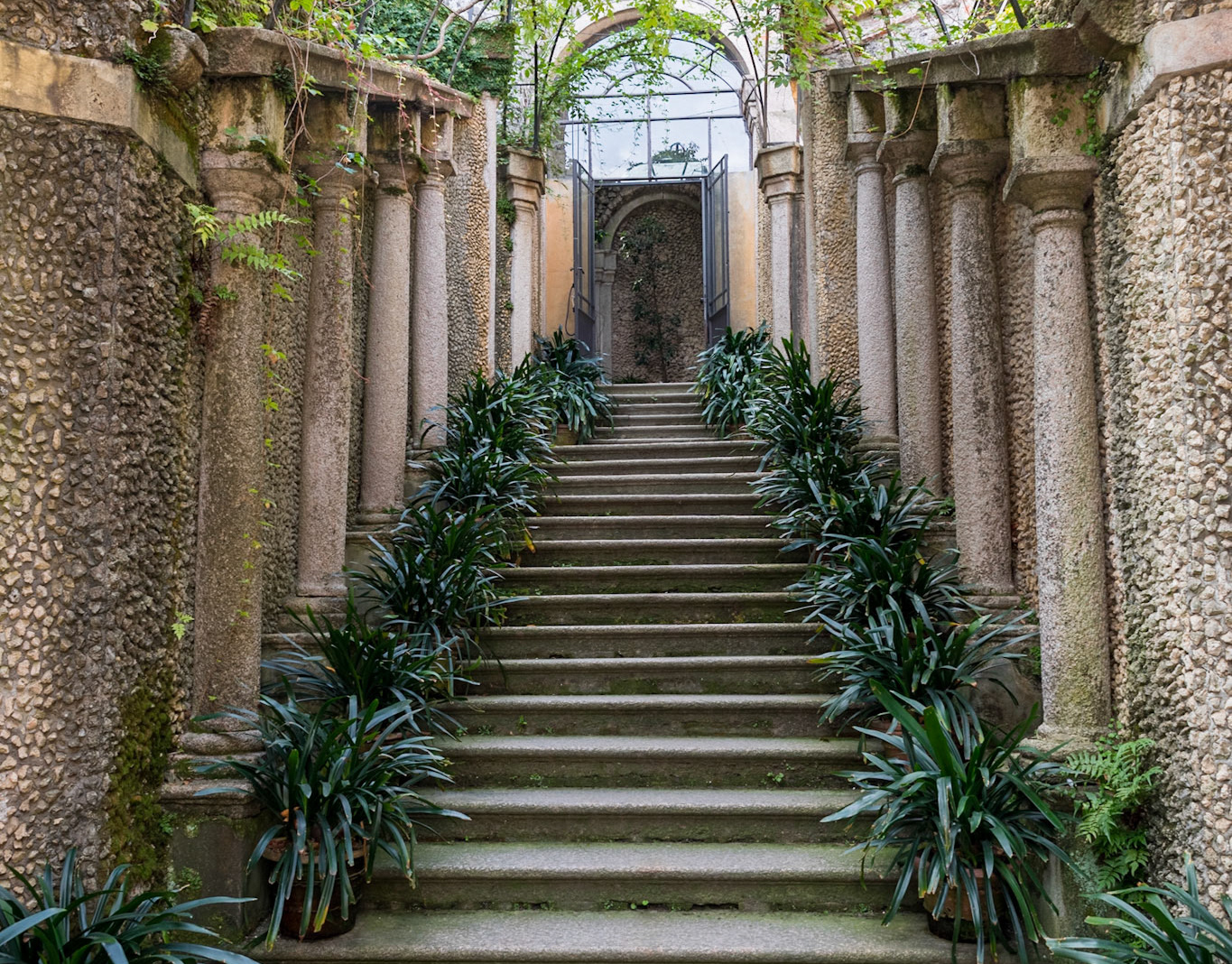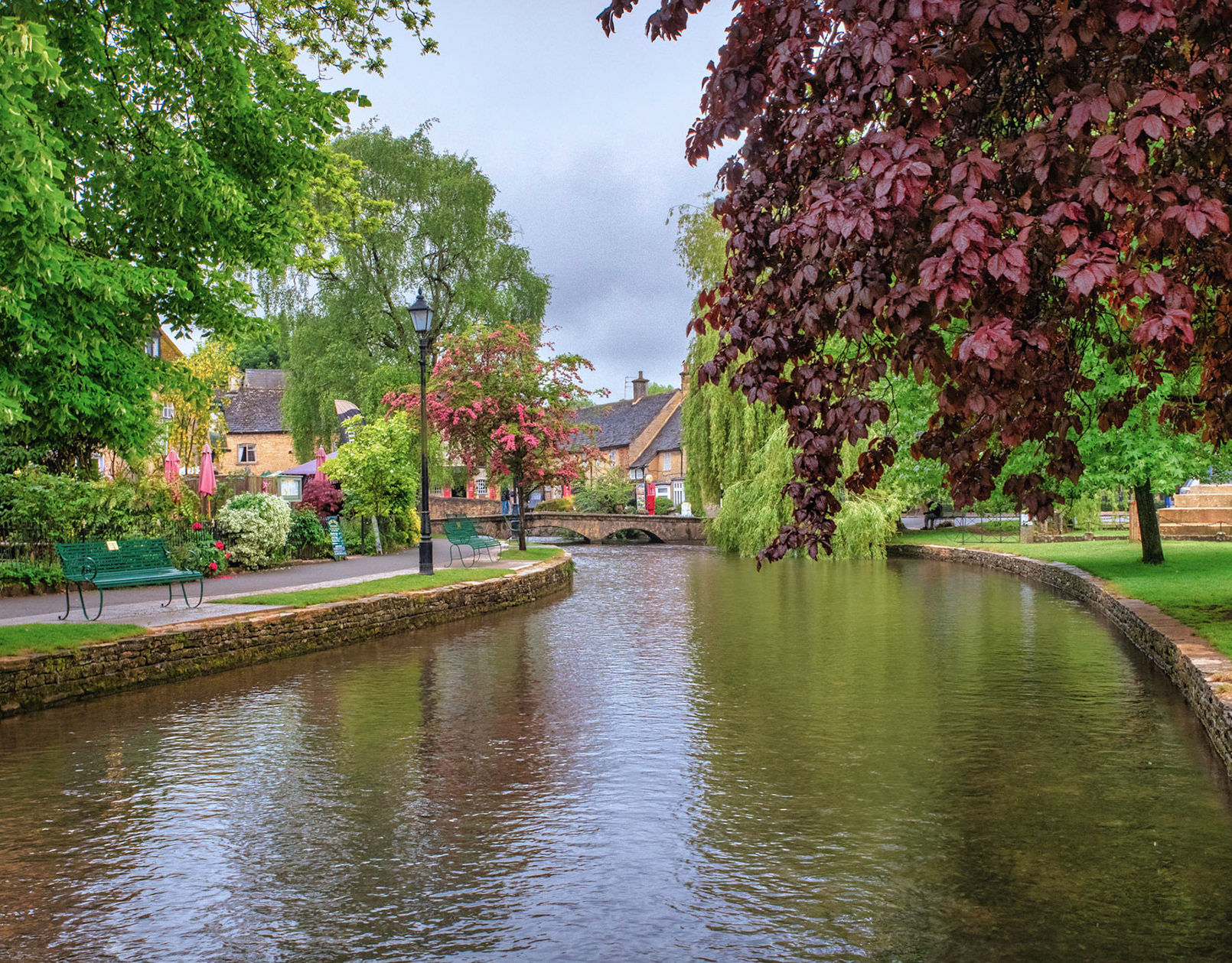Partial view of aqueduct from approaching street.
Segovia Cathedral - The massive cathedral was built between 1525-1577 in a late Gothic style.
Inside Segovia Cathedral
Internal walkway - Segovia Cathedral
Vertical panorama inside Segovia Cathedral
Janet - Inside Segovia Cathedral, vertical panorama.
Alter and gold scuptured wall inside Segovia Cathedral.
View from castle courtyard.
It's a mild walk (from the far right of photo) to get to the castle.
Looking down into the very deep moat from the bridge.
The elevator portal (old guard house) to get to the upper level of the castle.
View from inside walkway.
Armor for both the horse and rider.
Castle view.
Castle view.
Canons and armor.
Vertical view of tower - entry to castle.
Painting of the crucified Christ inside castle walkway.
King & Queen Chairs
Stained glass window.
Stained glass window.
King's Bedroom
Ornate ceiling
Ornate ceiling
Wall Sculptures


